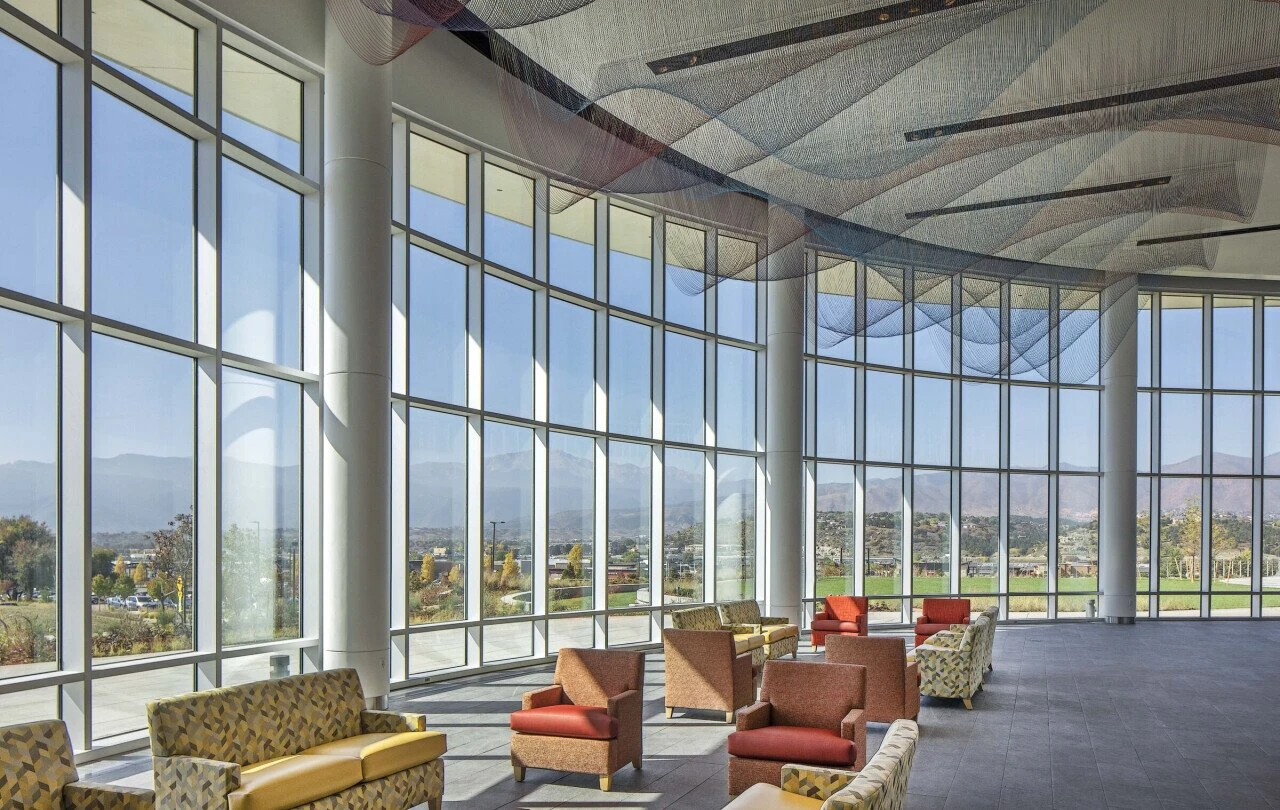

The Allure and Implications of Thin Mirror Glass
Thin mirror glass, a modern innovation in the realm of architectural and interior design, has garnered significant attention due to its unique aesthetic and functional properties. This specialized glass merges reflective surfaces with the lightweight nature of thinner materials, creating possibilities that extend far beyond traditional mirrors.
Thin mirror glass is not just a practical element but also a powerful design tool that can transform spaces. Aesthetic versatility is one of its standout features. Architects and designers are increasingly incorporating it into their projects, using it to enhance the sense of space, light, and depth in a variety of environments. Whether in residential homes, commercial establishments, or public installations, thin mirror glass serves as an effective medium to create illusions of openness and luminosity. In smaller spaces, for instance, its reflective nature can make rooms appear larger, while also contributing to a contemporary aesthetic that appeals to modern sensibilities.
Moreover, the application of thin mirror glass is not limited to mere decoration. It plays a significant role in energy efficiency. By reflecting natural light and reducing the necessity for artificial lighting, thin mirror glass installations can help lower energy costs and contribute to sustainable practices in architecture. Many newer buildings now integrate it into their facades, not only for its visually striking qualities but also for its ability to regulate temperature and enhance energy conservation.

However, the use of thin mirror glass is not without its challenges. Durability is a concern, as thinner materials can be more susceptible to damage. This necessitates careful consideration during the manufacturing process, ensuring that the glass meets safety standards while maintaining its lightweight and aesthetic properties. Additionally, the environmental impact of producing glass, particularly in the context of thin mirror glass, raises questions about the sustainability of materials used and their lifecycle.
Another consideration is the psychological impact of mirror-like surfaces in interior spaces. The reflective quality of thin mirror glass can have varying effects on individuals. While it contributes to a sense of spaciousness and light, excessive reflections can lead to disorientation in high-traffic areas or spaces designed for relaxation. Designers must thoughtfully integrate such materials, balancing aesthetic appeal with psychological comfort to create spaces that feel inviting rather than overwhelming.
Thin mirror glass also finds its applications in other sectors, such as technology and art. In the tech world, innovations like augmented reality and virtual reality use reflective surfaces to enhance user experience and engagement. Artists are increasingly experimenting with thin mirror glass in installations, pushing the boundaries of perception and interaction through reflections that engage viewers in unique ways.
In summary, thin mirror glass represents a fascinating intersection of beauty, function, and technology in contemporary design. Its ability to enhance aesthetic appeal, contribute to sustainability, and create engaging environments positions it as a versatile choice for architects and designers alike. As the industry progresses, the ongoing innovations in the production and application of thin mirror glass will likely pave the way for even more creative uses, further defining our relationship with space, light, and design. The careful consideration of its limitations and potential impacts will also be essential in shaping its future applications, ensuring that it remains a beneficial element in modern architecture and design.